Talking ‘Proper’ Independent Watchmaking with Aaron Becsei Of Bexei Watches
In conversation with a man dedicated to the fine art of horology and bespoke timepieces

There’s watchmaking…. and there’s Watchmaking. To me it becomes Watchmaking with a capital when we’re talking about watchmakers who have the knowledge, the ability and the patience, to create a timepiece entirely by hand. I’m not talking about redesigning a few plates or bridges of an existing movement. Although we all love Dufour’s Simplicity (based on a JLC calibre) or Voutlainen’s Observatoire (based on a Peseux calibre), to me these watches are drop-dead gorgeous, über-desirable, but maybe not so much watchmaking with a capital W. When talking about Watchmaking with a capital W, think along the lines of George Daniels or Roger Smith. Hand-made is key, and a movement entirely developed by the watchmaker, without ‘borrowing’ the escapement, the keyless works. Today, we’re talking with non-other than a proper independent Watchmaker. We’re talking with Aaron Becsei, the namesake of Bexei Watches.
Oh… And a small PS. Aaron is preparing a new round wrist watch!
Frank Geelen, MONOCHROME – We understand that watchmaking is a family tradition among the Becseis. Who started the tradition, when and why?
Aaron Becsei, Bexei Watches – My grandfather was born in southern Hungary, now part of Serbia. He didn’t want to cultivate the land and moved to Budapest as a young man. There he met my grandmother, and they had two sons. Grandpa decided to work with timepieces and soon became a renowned and respected watch and clock restorer in Budapest and throughout Hungary. Not only did he restore timepieces, but he also built additional mechanisms for existing movements.
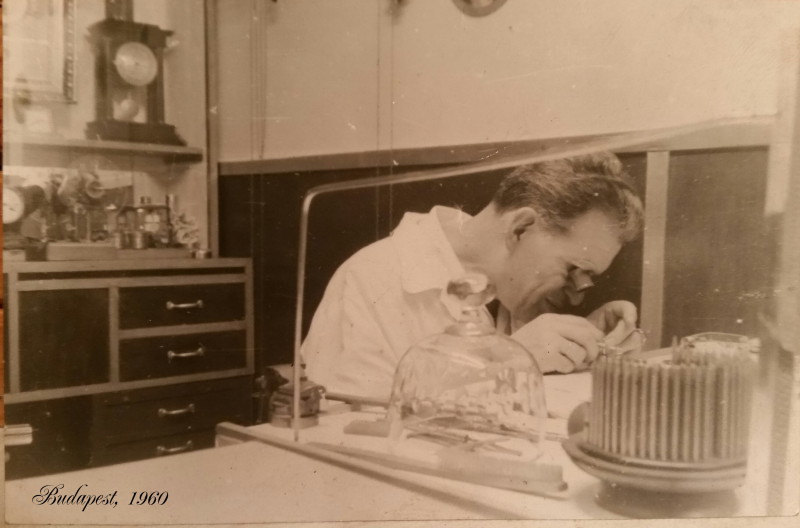
He was a self-taught watchmaker but had a natural talent and steady hands required for this kind of precision work. He worked from home so his two sons could learn the trade. Soon, my father and uncle followed his path. Sadly, my grandfather died in his 60s, so I never met him. However, looking at photographs and hearing stories from the family, I’m told I inherited his looks, character, steady hands, and talent!
What happened to your family during the communist era? How did the Becsei keep the tradition alive?
This is an interesting question because private businesses were banned in that era. My grandfather had opened a workshop, and my grandmother had to ask for permits from the authorities. The first response was a resounding ‘no’. However, she returned with her two small sons and asked an officer for help. She returned again and again, and eventually – and who knows precisely why – they allowed my grandfather to open a small workshop on a side street. It couldn’t be on the main road or in the city centre. My grandfather worked here until his death, and my father took over the business for a while. When things started to change, my father and his brother opened their own workshops: my uncle’s was on the main road, while my father’s was in the city centre. Ironically, I don’t have an open shop, but my workshop is available to the world!
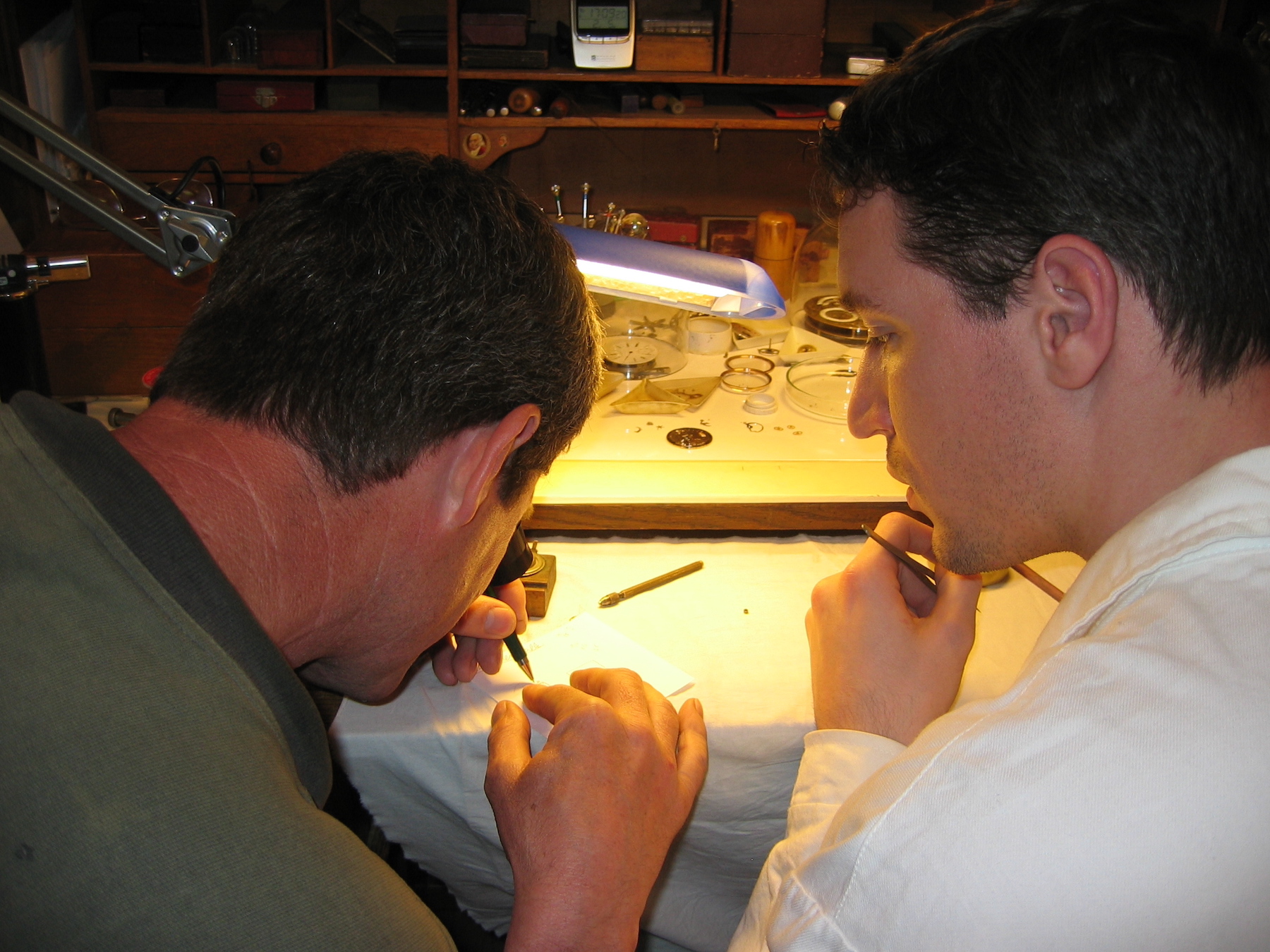
Who tutored you?
My father taught me the basics in his workshop. Like his father, he worked on restoring pieces and developing mechanisms for existing movements. He also took me to several watch museums in Europe to appreciate the art of fine mechanical watches as well as the harmony and refined proportions of some of the most exceptional pieces. He took me to the Musée International d’Horologerie in La Chaux-de-Fonds, to the Patek Philippe museum in Geneva and to the Clock and Watch Museum in Vienna. Apart from his work as a watchmaker, my father was a constant traveller and adventurer. These trips were good excuses to educate me but also to spend and enjoy time together as father and son. In Europe, we’d go to antique markets and watch fairs. They were ‘low cost’ trips because we couldn’t afford anything else, but I learned the basics of watchmaking history and the evolution of watch design over the centuries. Although my father is now retired, he still performs restoration work.
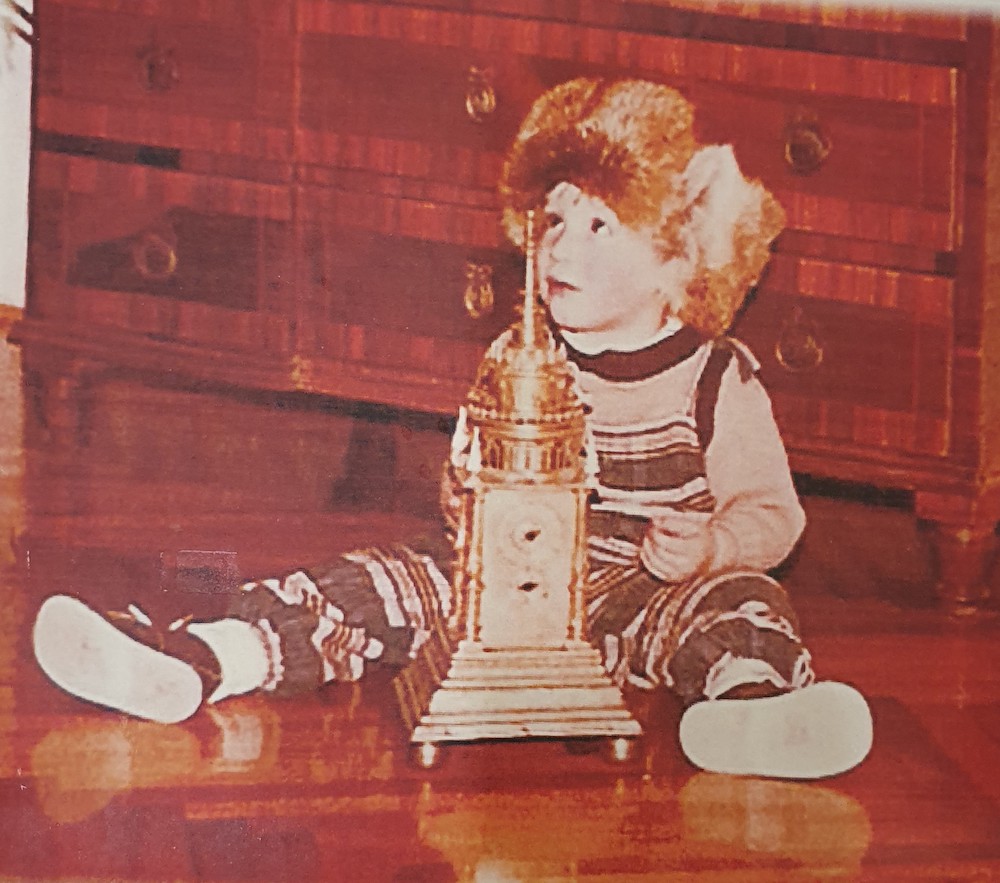
When did you first feel your ‘calling’?
When I was a teenager, my father used to let me handle his watchmaking tools and engage in some very basic work. However, in those days, I was playing water polo in the Hungarian Championship league and was training six days a week and playing a match once a week, so I didn’t have much time for watchmaking. When I finished secondary school, I had to decide between watchmaking and water polo. And there was no question about my decision. I loved restoration work, and by the time I started high school, I was working on CAD/CAM programming to satisfy my passion for mechanical engineering and watchmaking (Editor’s note: Aaron graduated with honours from the Chamber of Engineering in Budapest in CAD/CAM programming). When I started working on restoration projects, I could use my engineering knowledge to make special parts and replacements. As time went by, I realised that my dream was to create timepieces. However, the big question was whether I could earn a living from watchmaking.
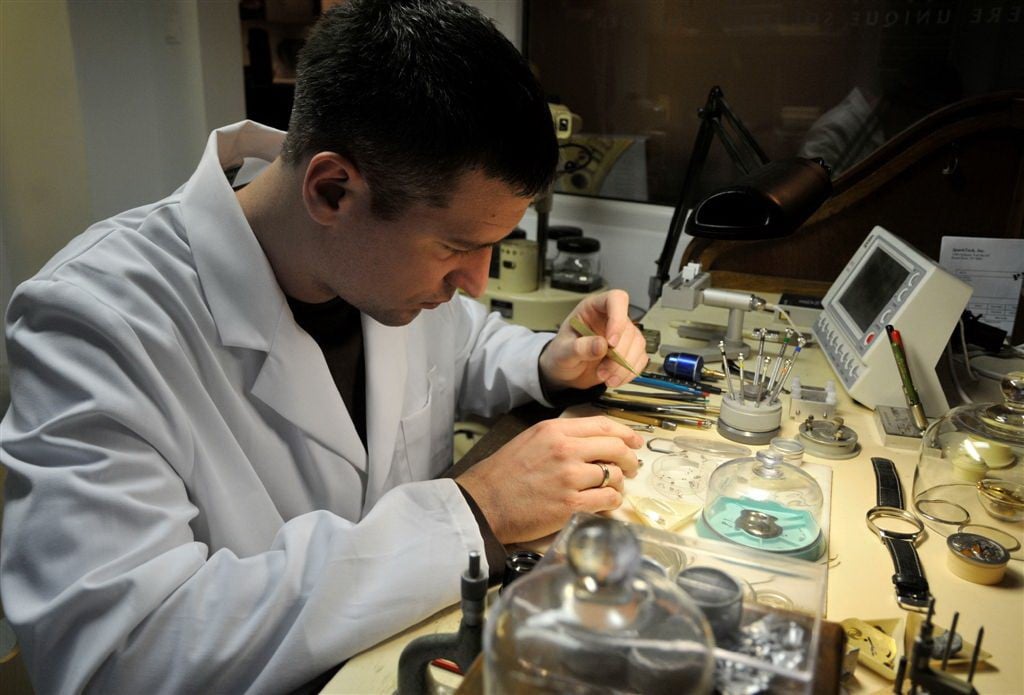
Which were some of your favourite timepieces as a young man? Did they influence your taste?
My favourites were the Empire-style table and wall clocks, and yes, this style influenced me greatly. They were ornate pieces but not overly decorated pieces; they represented objects from the ‘beautiful past’ and gave me a source of fresh inspiration in our boring era of ‘retro-mania’. You can appreciate the influence of these Empire clocks in my very first hand-built timepieces: the Miniature Double Pendule Zappler and the Tourbillon No. 1 table clock, presented at Baselworld 2005.
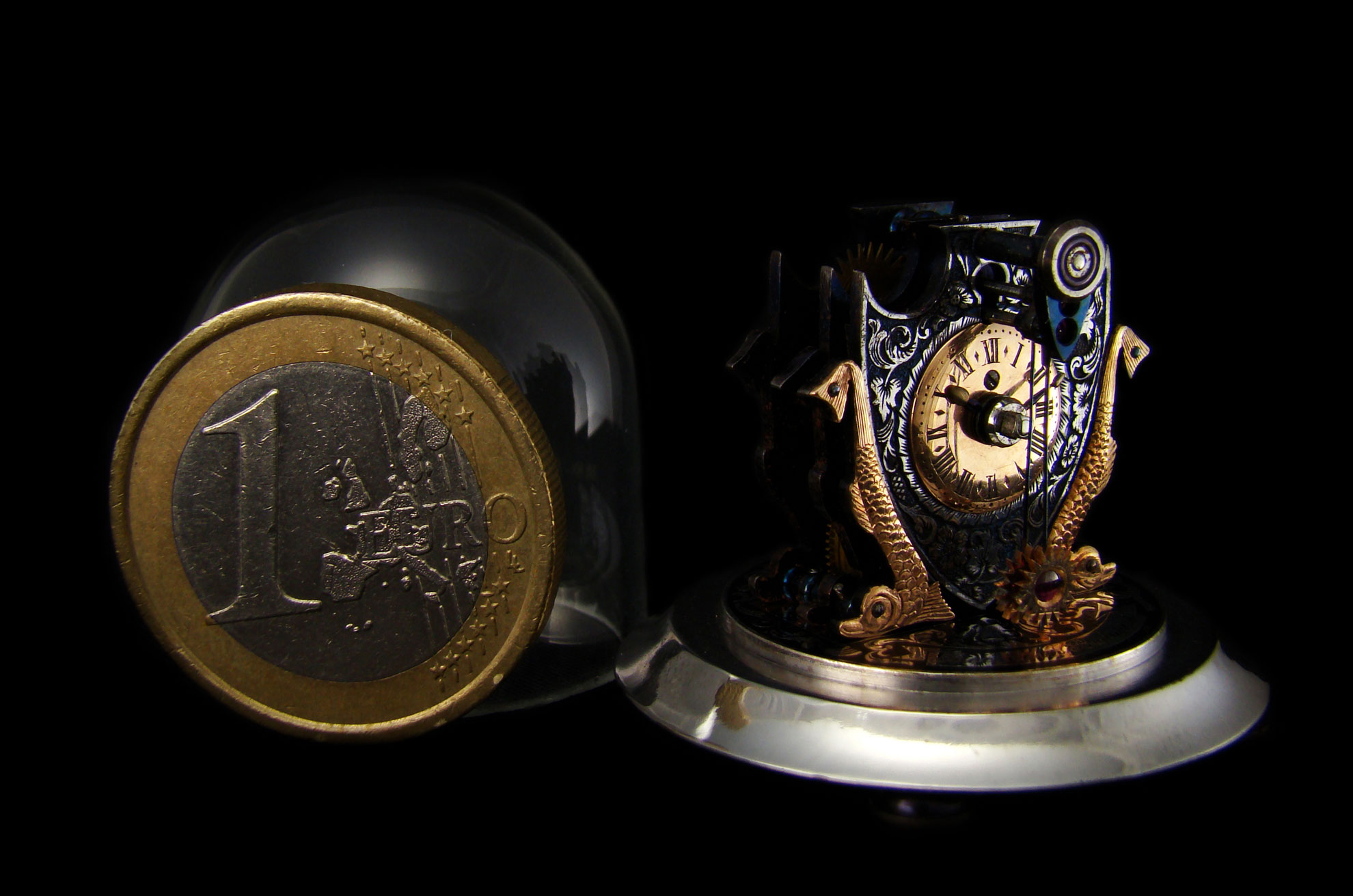
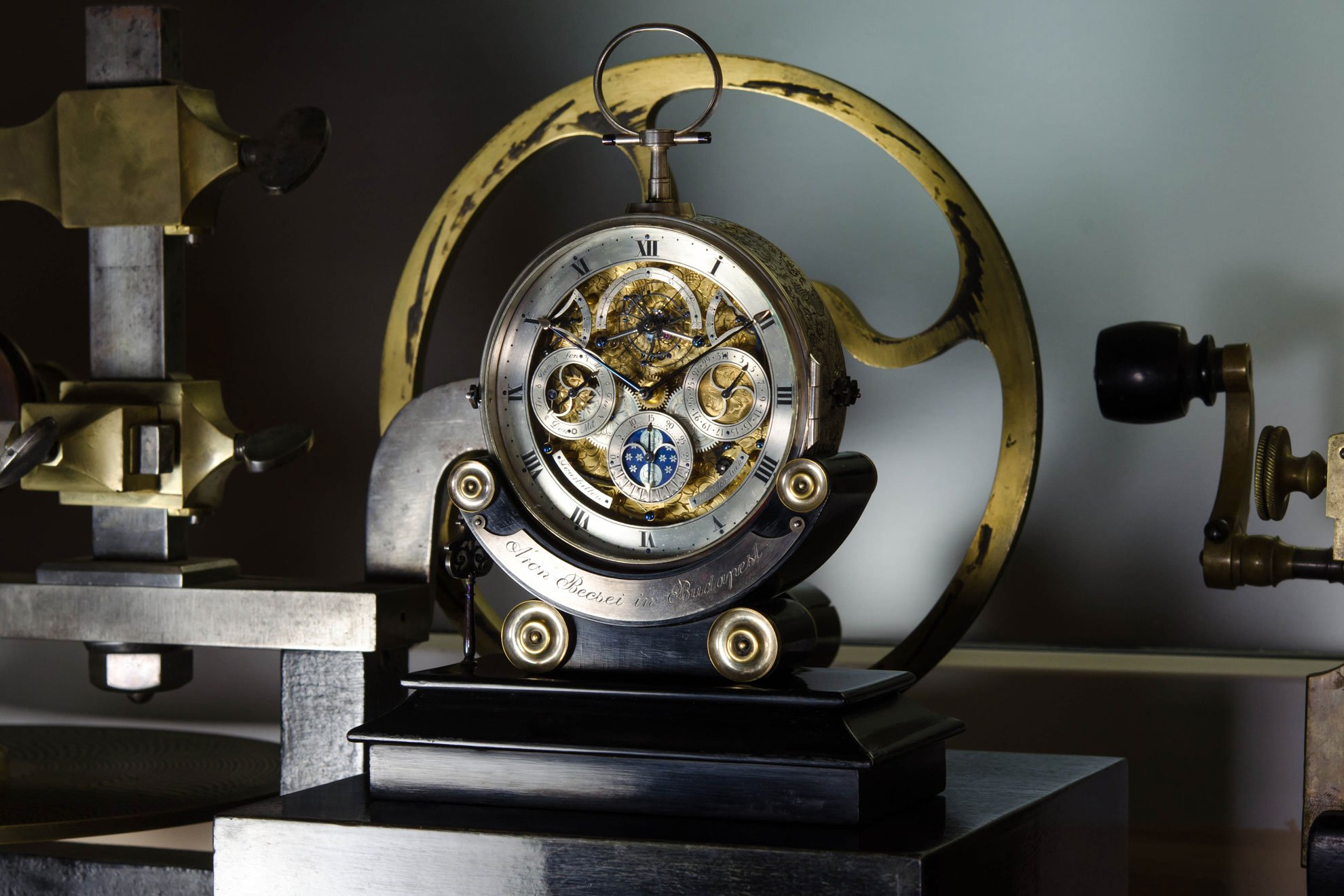
Surely you didn’t go straight into watchmaking? There must have been some further steps.
You’re absolutely right. After I met my wife, Eszter, and talked about our future dreams, she encouraged me to pursue my dream of creating watches, not just restoring them. At around this time, we heard about the AHCI (Academy of Independent Creators in Watchmaking) and discovered that the former president was living in Vienna. We contacted him, and I paid him a visit with some of my ‘hobby’ pieces. He was very encouraging and supportive, and a new chapter in my life began. I started to believe that I could earn a living with my passion by creating timepieces with my name. (Editor’s note: After his debut at Baselworld 2005, Aaron was elected as the youngest member of the AHCI.)
How many watches do you make a year?
My output is still quite low because I am developing my workshop step by step. This is no easy task because it’s just one man (me) making super refined wristwatches at his workbench. Output is necessarily low because I make all the parts myself and spend a great deal of time finishing the pieces, one of the most time-consuming stages of making customised timepieces. Every bespoke timepiece I make is literally like starting from scratch, it’s a prototype, and no corners can be cut. I will now be moving my two small ateliers into a larger space, but the process is the same: one man with his apprentices making each watch painstakingly by hand. At the moment, I have two full-time and two part-time assistants. I hope to increase my current production of 3-5 pieces to 10-15 timepieces per year. I do not want to go beyond this threshold and prefer to maintain a close relationship with my customers and give them the attention they deserve.
What motivates you, and which do you consider your best timepiece to date?
I like to create. I like the physical act of turning inert material into an artisanal work, like an alchemist transforming base metals into gold. As long as I can generate new ideas, new constructions, new manufacturing techniques, I am happy. Unfortunately, as soon as I come up with a unique solution, I start looking for another one, which can create a sensation of overload. So, in answer to your question about my favourite watch: it’s always the current one. However, my all-time favourite will always be my first wristwatch, the Primus, with its patented triple-axis tourbillon.
What does the future hold for Bexei Watches? A round movement, perhaps?
I usually have more than one idea in my head, but first, I want to finish my smaller 38mm movement and based on that, I plan to create a round mechanism for the ’round fans’. I used to say that I would only make a round movement when the snow is red. Well, last winter, the snow was red because Sahara desert sand had reached Hungary. (editor’s note: since the interview, Aaron has been able to design this round watch and, exclusively for us, here it is…)
Can we talk about the finishings that make your watches so unique?
Beyond designing and manufacturing parts, the process of in-house finishing comprises the other half of my workload. I invent and develop all the manufacturing steps and am constantly trying to improve them. Sometimes, the finishing takes more time than the manufacturing of a given part. I am very proud that some collectors have said my finishing is the finest in the world. One of my friends said that “Aaron operates at the level of a younger Dufour”! Dufour is the master; I revere his work and have tried to learn all I can from his beautiful watches. I try to make my watches worthy of his attention.
It’s been a long and winding road of 24/7 dedication, 365 days a year. I am continuously learning and testing; it will be a never-ending story to keep up with or surpass my current quality level. Every day I wake up thinking about an improvement to my watches, and I have to listen to meditation music to disconnect my mind and get some sleep!
My timepieces evolve slowly because in each step of development, manufacturing and finishing, I am trying out new methods, working with new tools, new materials. Sometimes, my customers will ask for a different material or a different shape, but mostly it comes down to my perfectionism. This is why I can vouch for the fact that each piece I create is a prototype.
Which are some of your favourite watches?
There are many watches with fascinating movements and beautiful finishings. The aesthetics and finishings of antique Patek Philippe watches are close to my heart, as are more recent models such as the Calibre 89 Grand Complication pocket watch; I was amazed by its complexity and beauty. But, I also admire the engineering development of Piaget’s ultra-thin Altiplano movement.
What makes your watches unique?
My watches are born in my mind and made with my hands. I envision them, invent them and manufacture them with my own techniques. Because they are entirely sui generis, I can be extremely flexible regarding customisation. This ‘one-man show’ approach allows me to explore new methods for finishing, which is an added value for collectors when they realise how many working hours have gone into a piece.
For example, on my latest watch, I spent almost six months finding the right tool and the right way to black polish and blacken the seven sides of my new double bevelled indices. But I also spend time refining, reshaping and polishing the ruby jewels while others just buy them and place them into the movement (if they haven’t already bought them with the movement part).
It’s the small details that make a big difference. After black polishing, I check the piece under a 10-15x microscope; the standard in the watchmaking industry is a 3x loupe. Another fortunate aspect of my work is that my clients understand that I need time to finish my creations to my standards, and I cannot be grateful enough for their patience and generosity.
For more details about the work of Aaron Becsei, please visit www.bexei.hu.

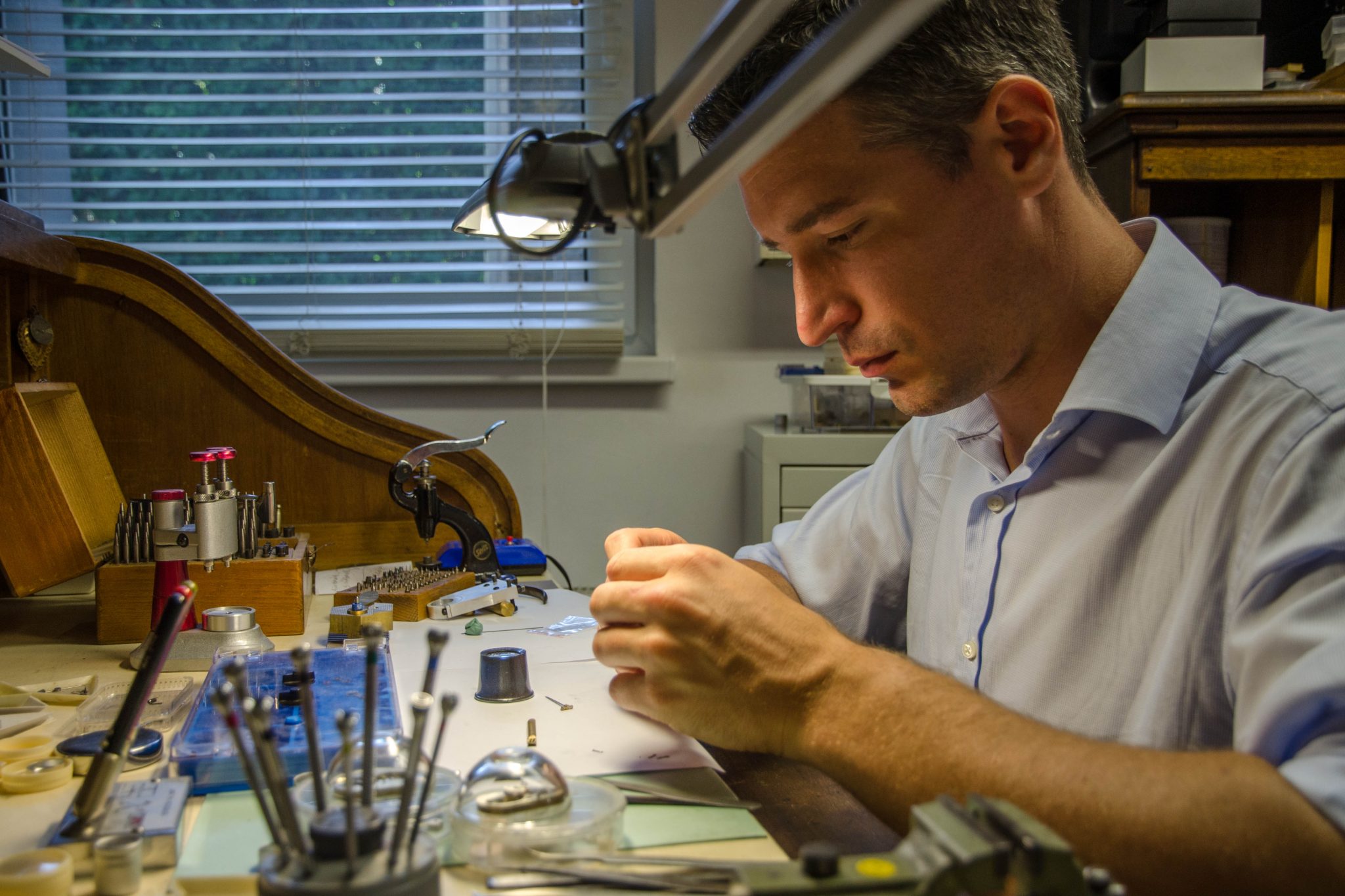
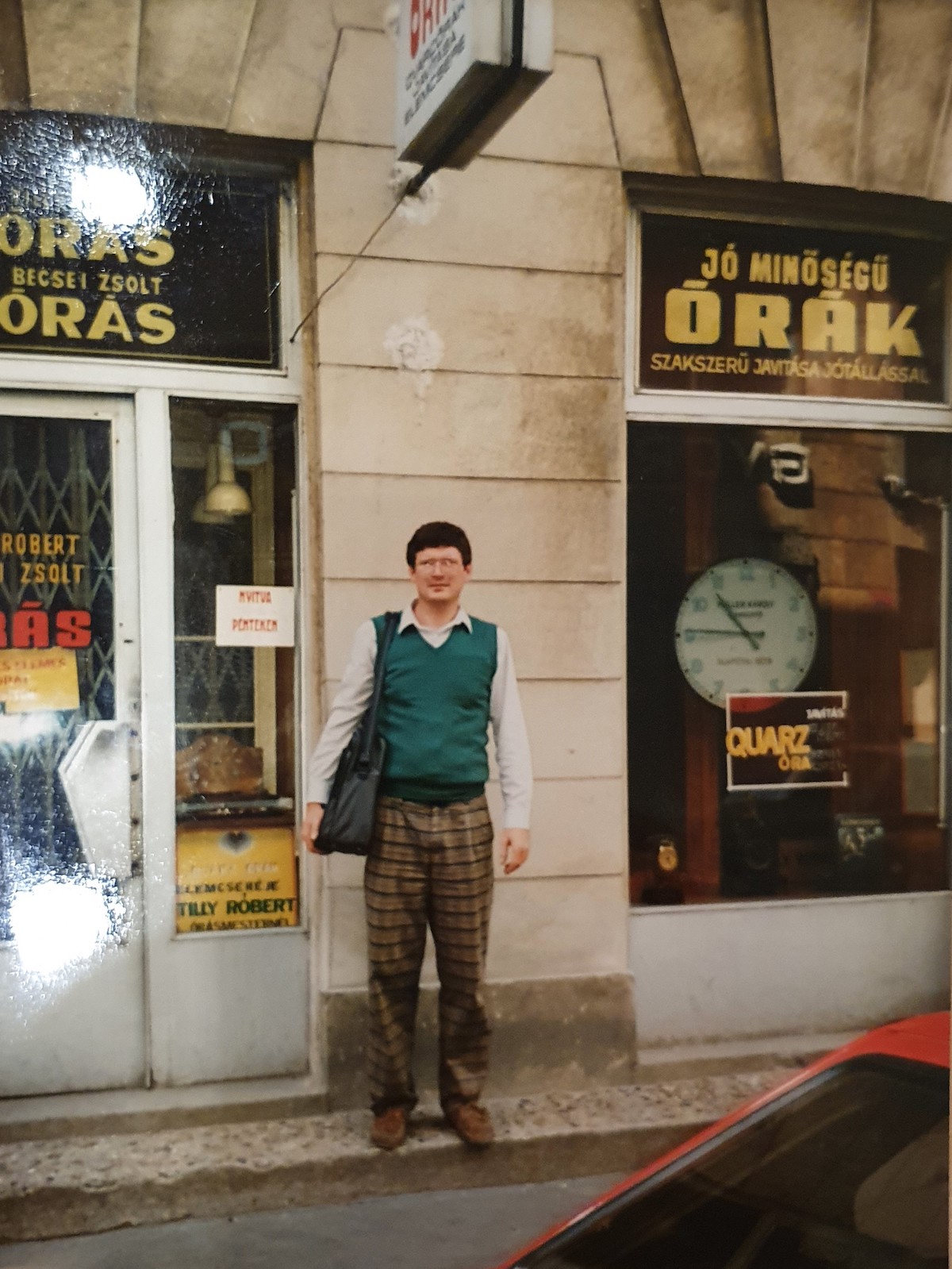
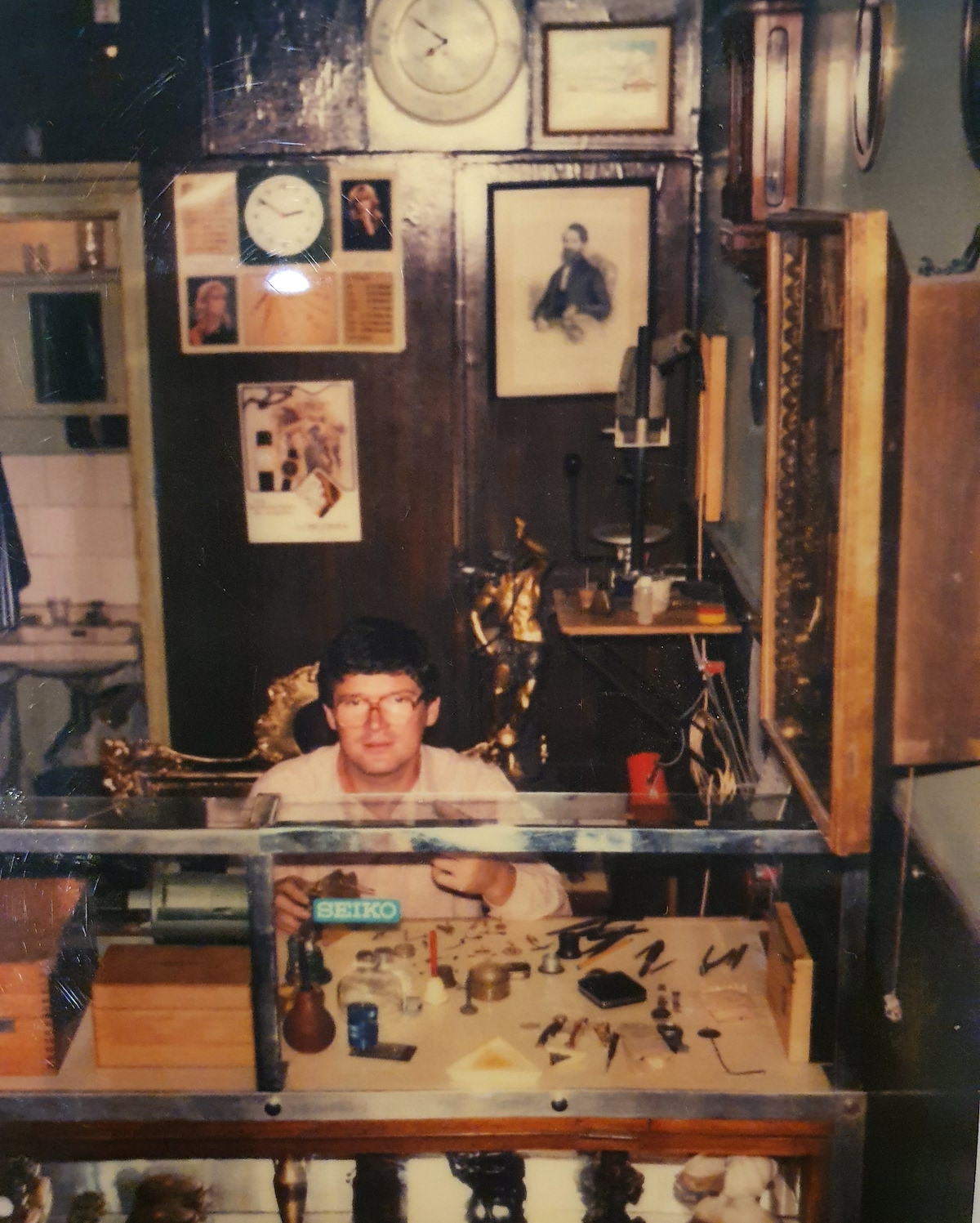
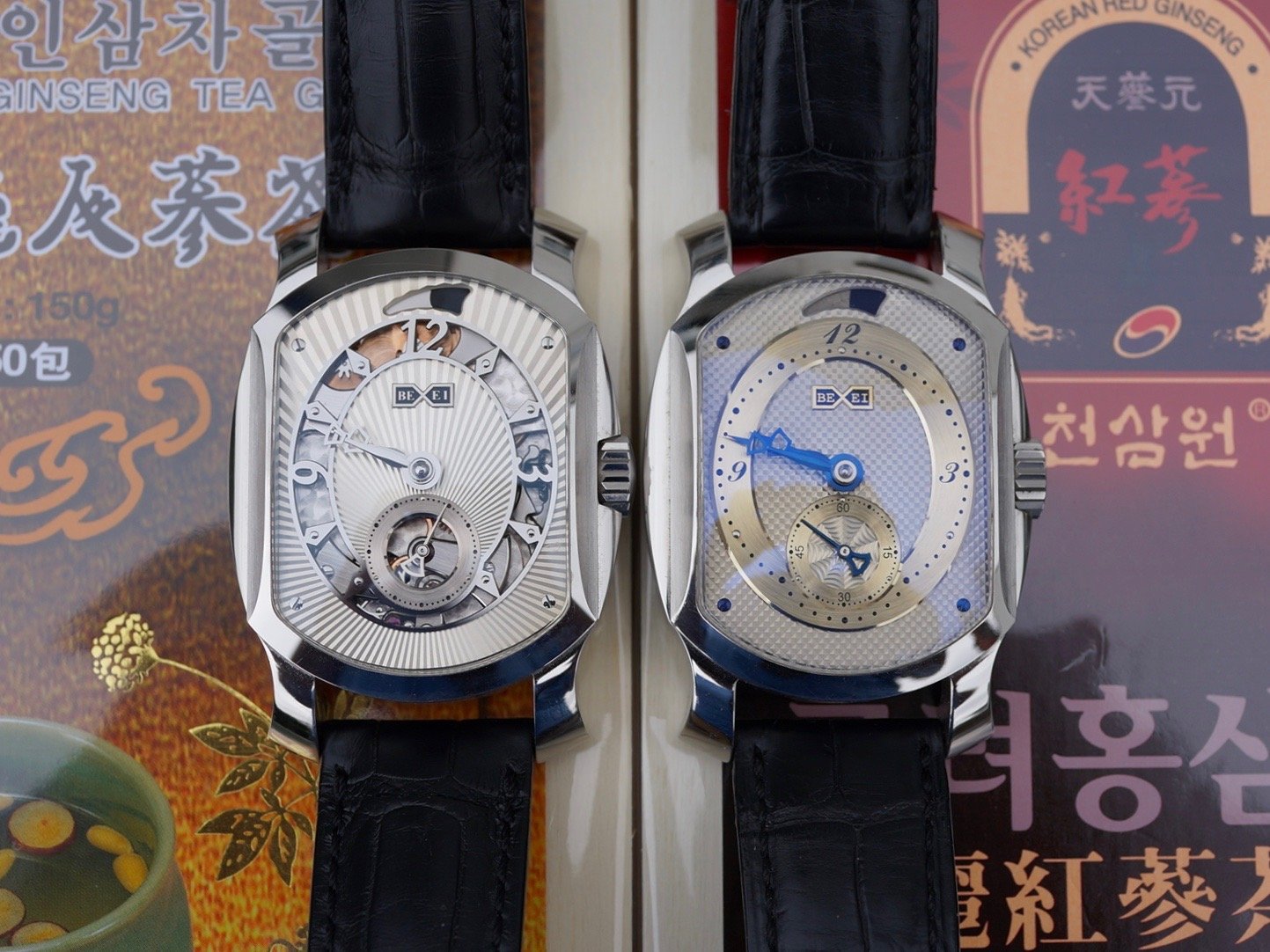

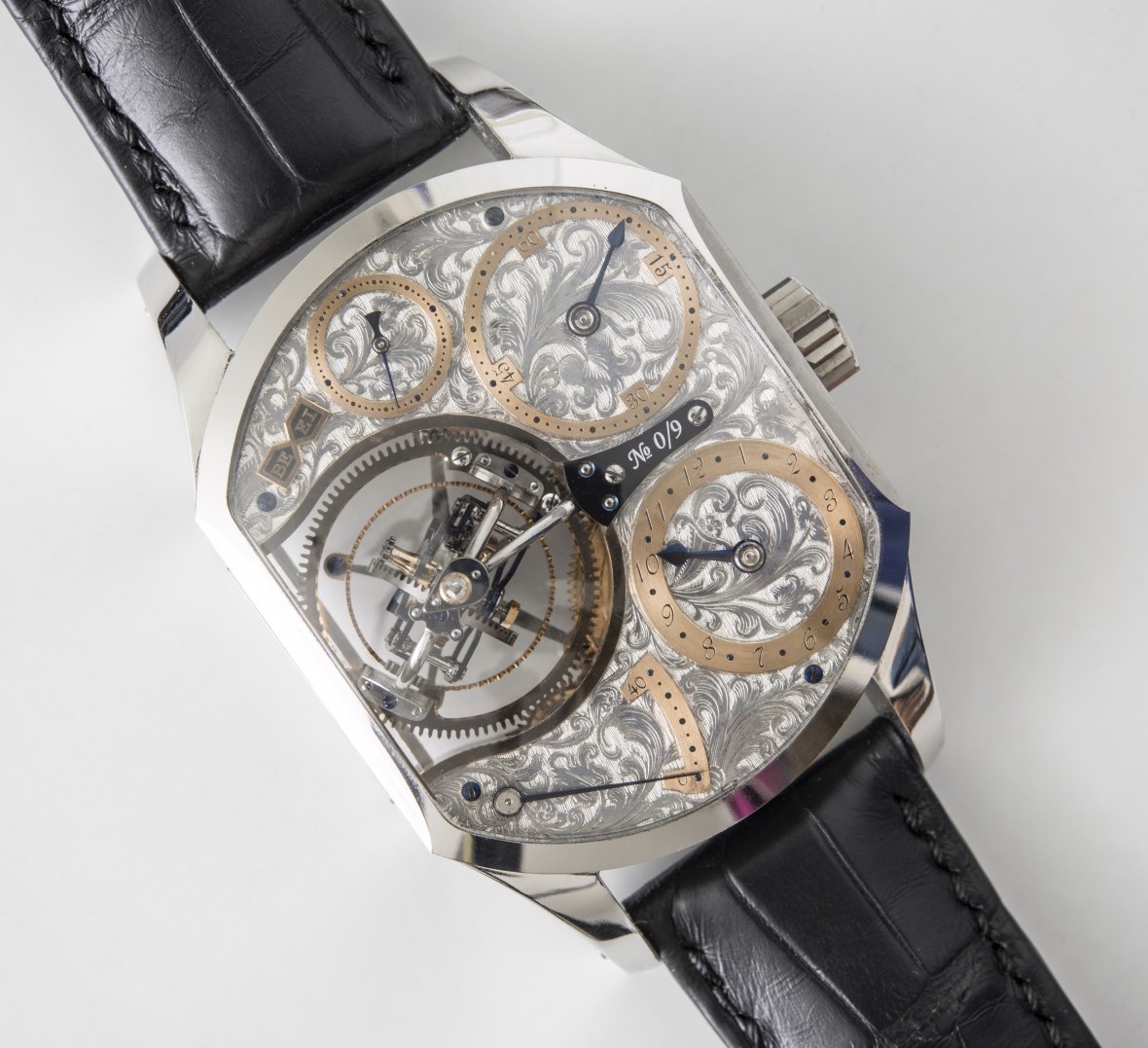
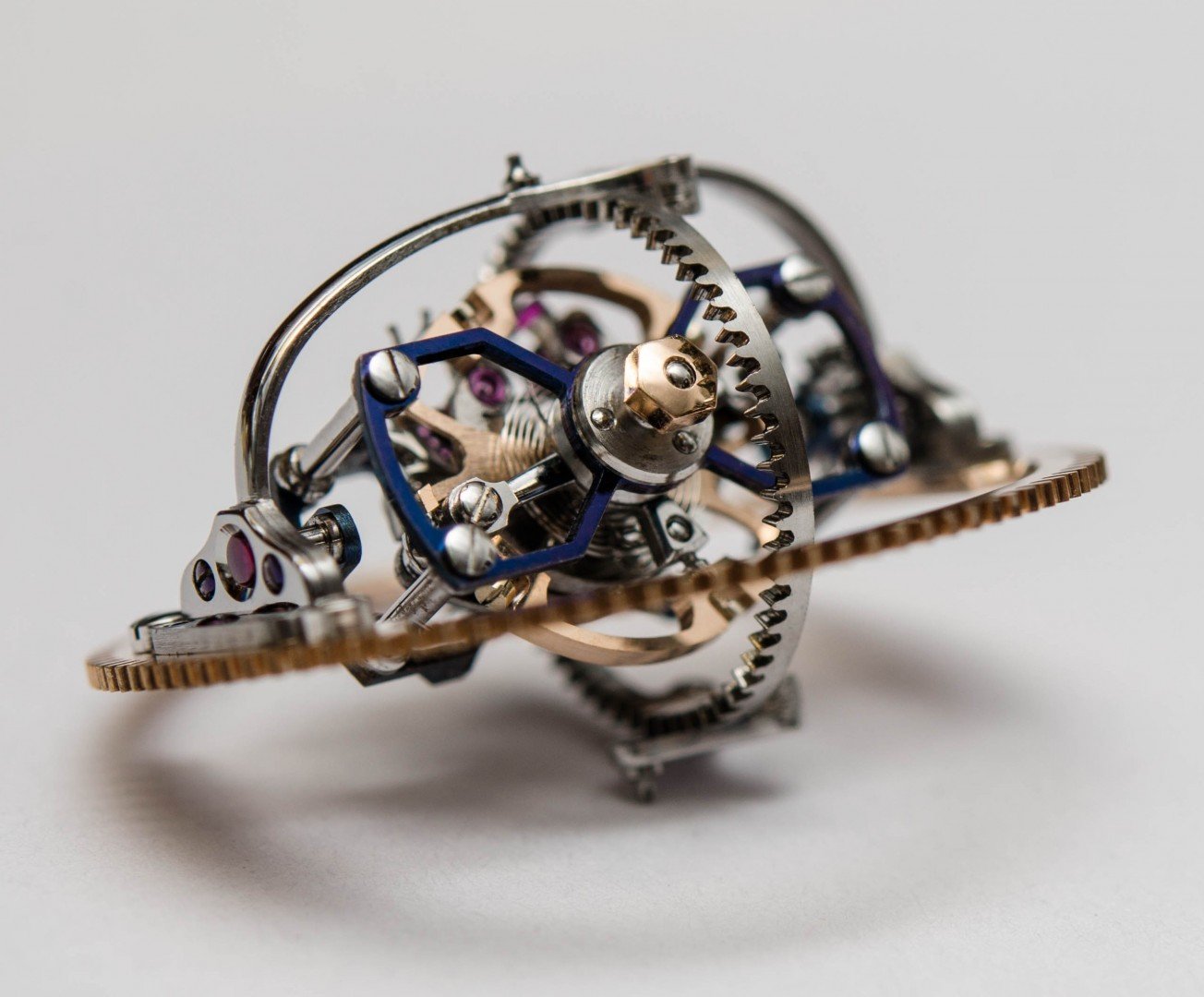
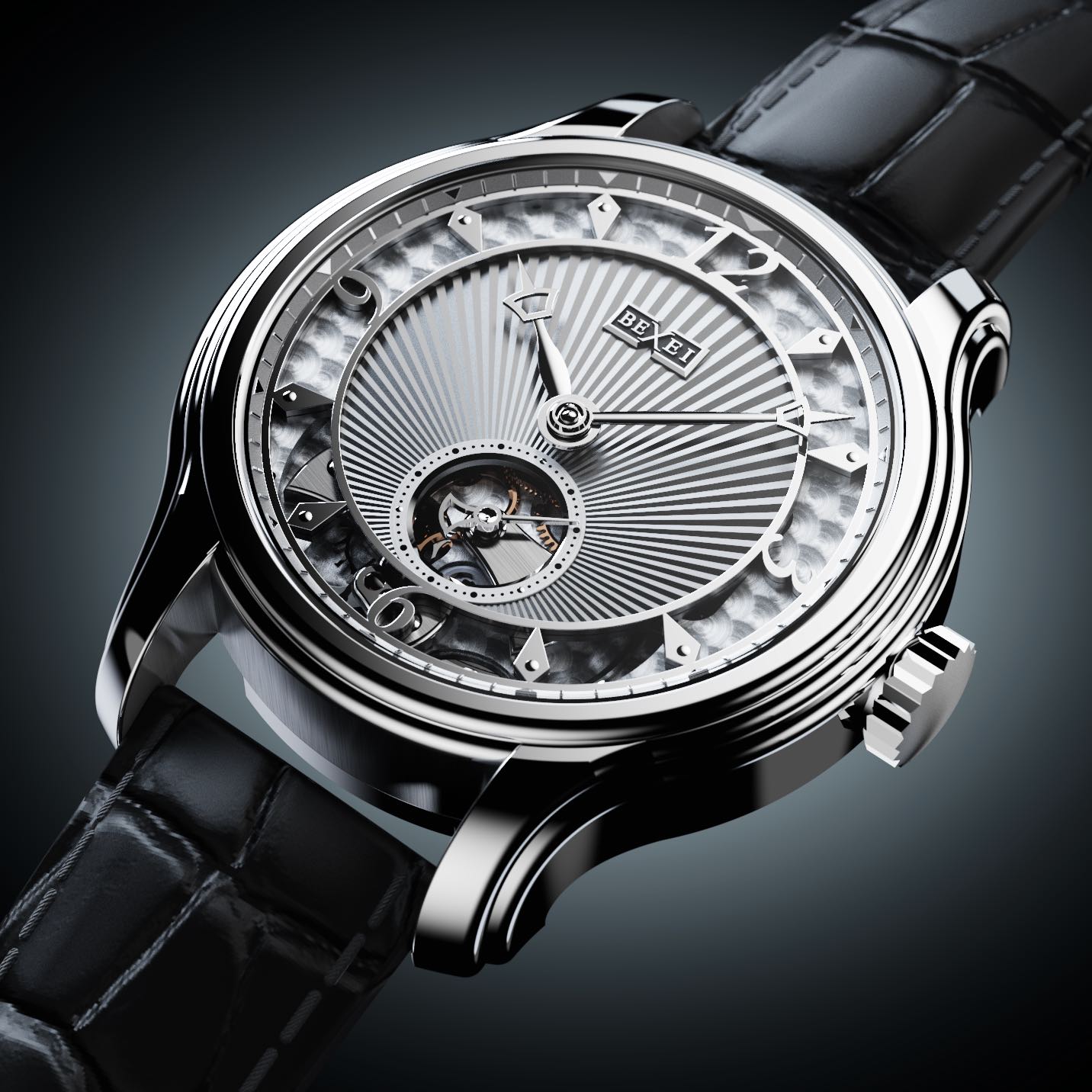
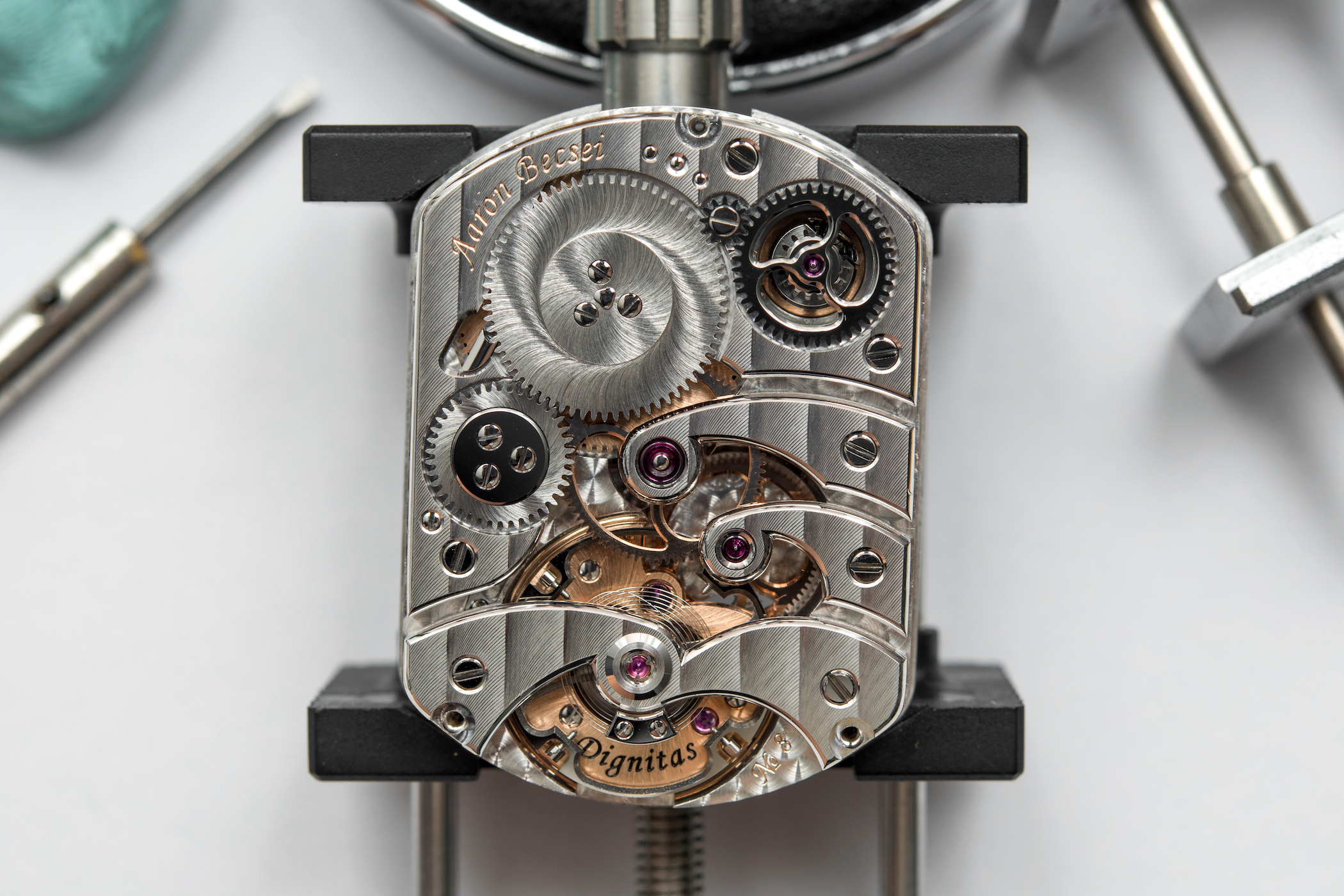
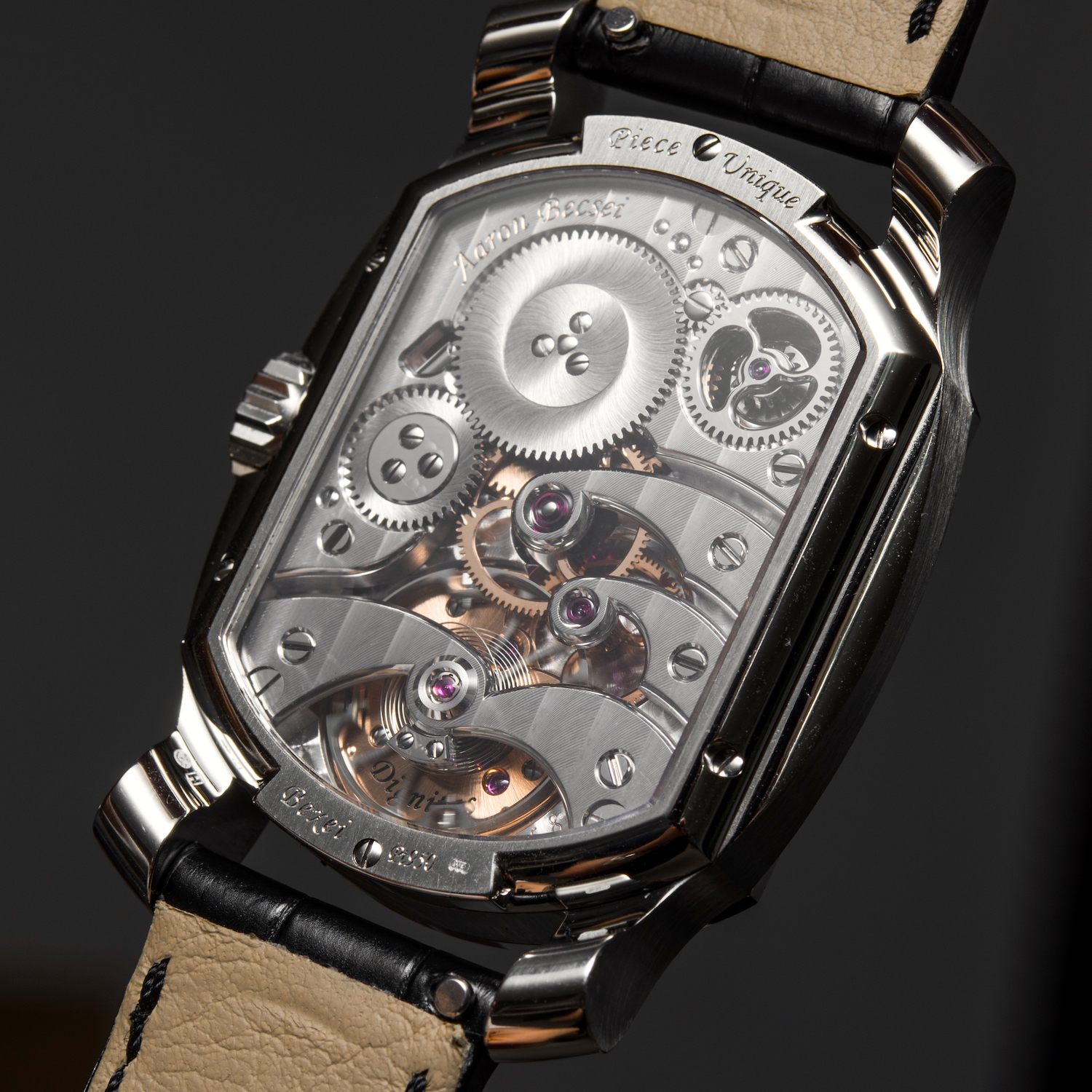

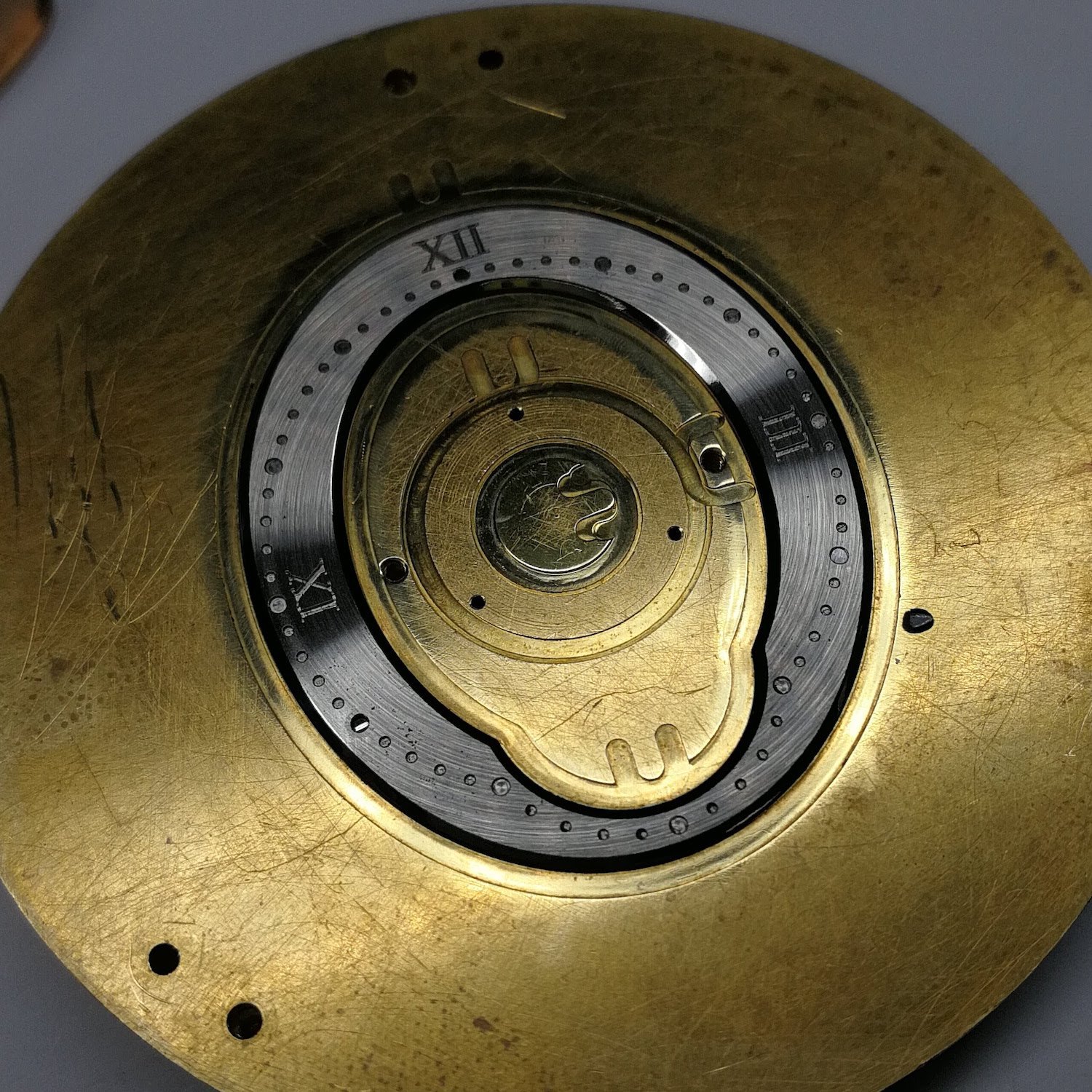
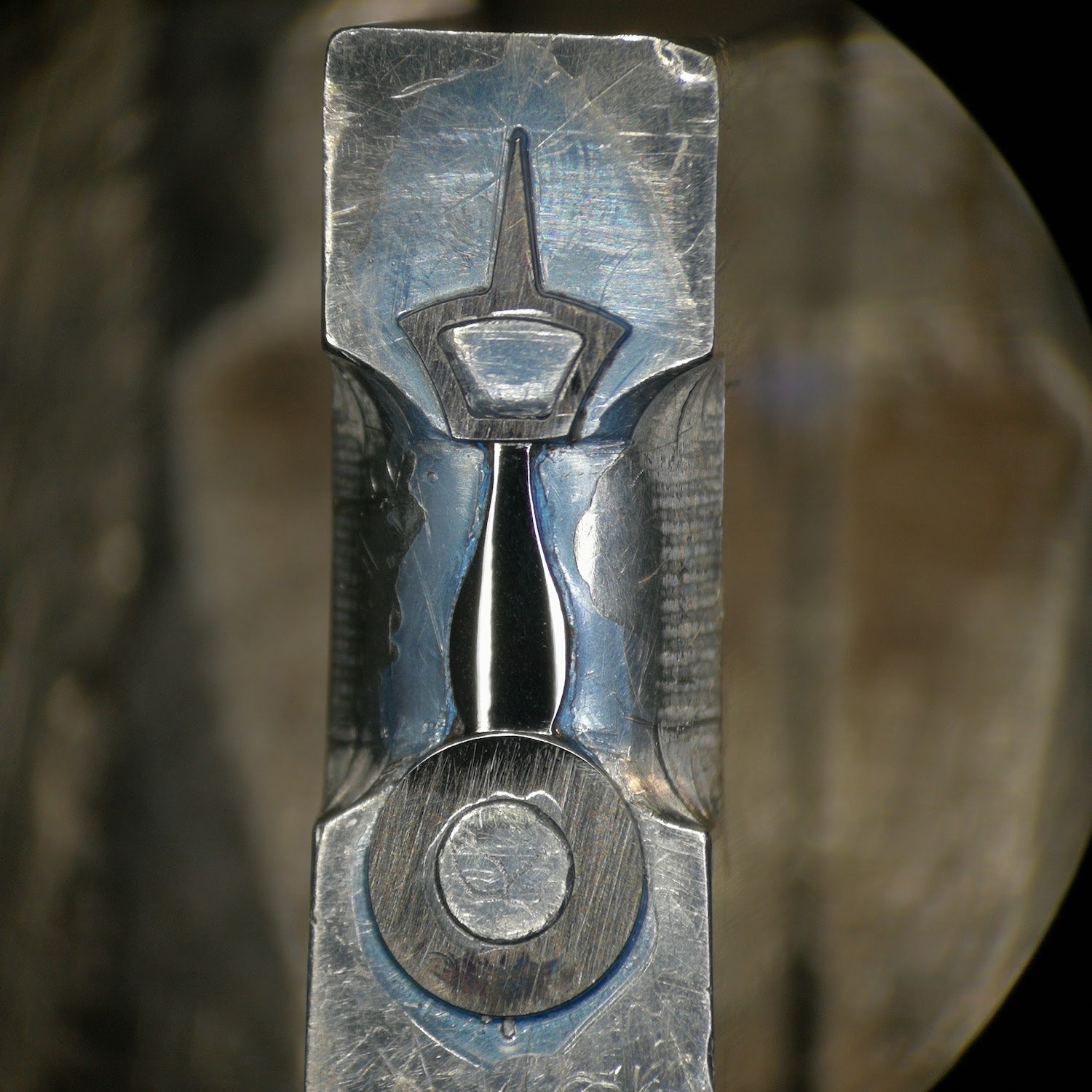
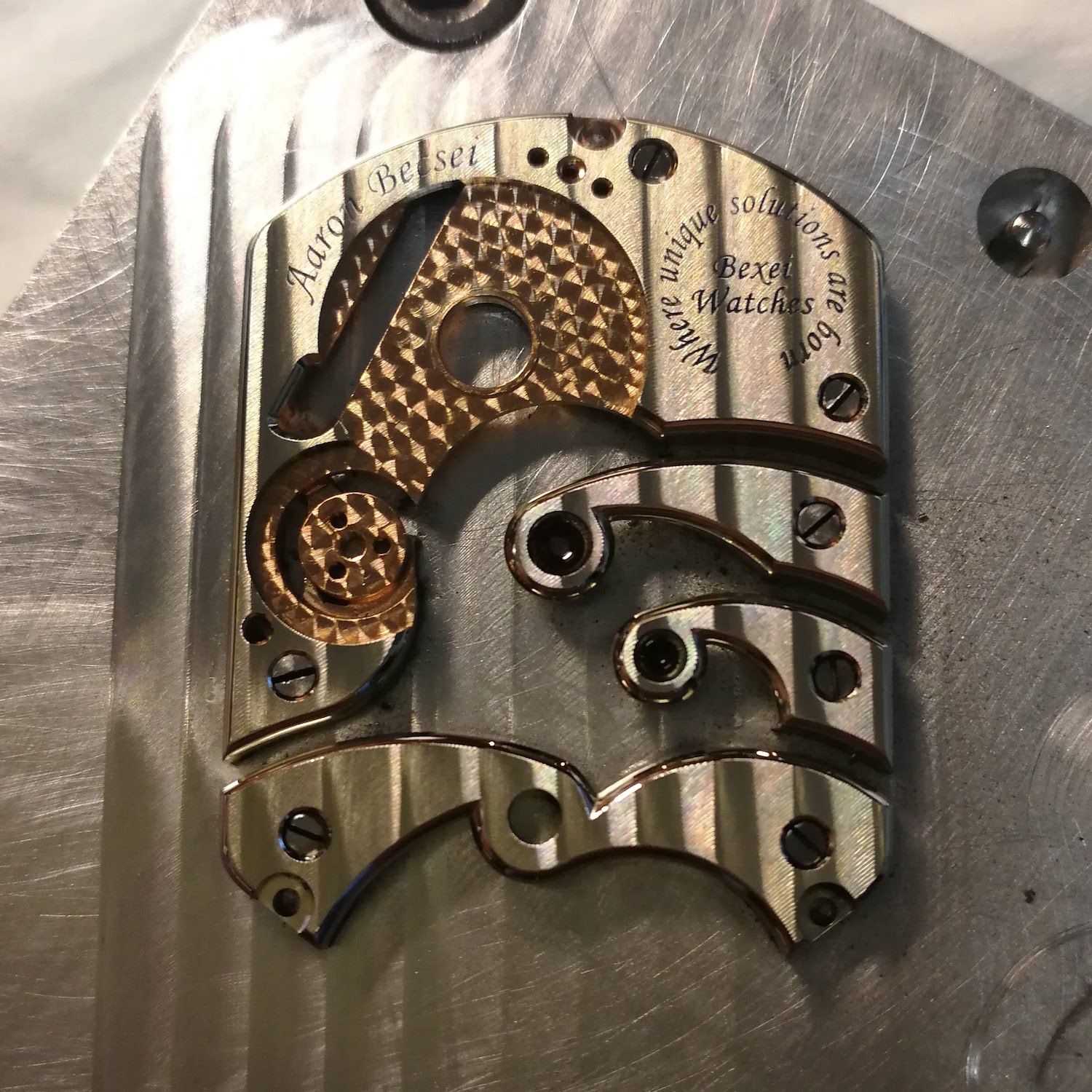
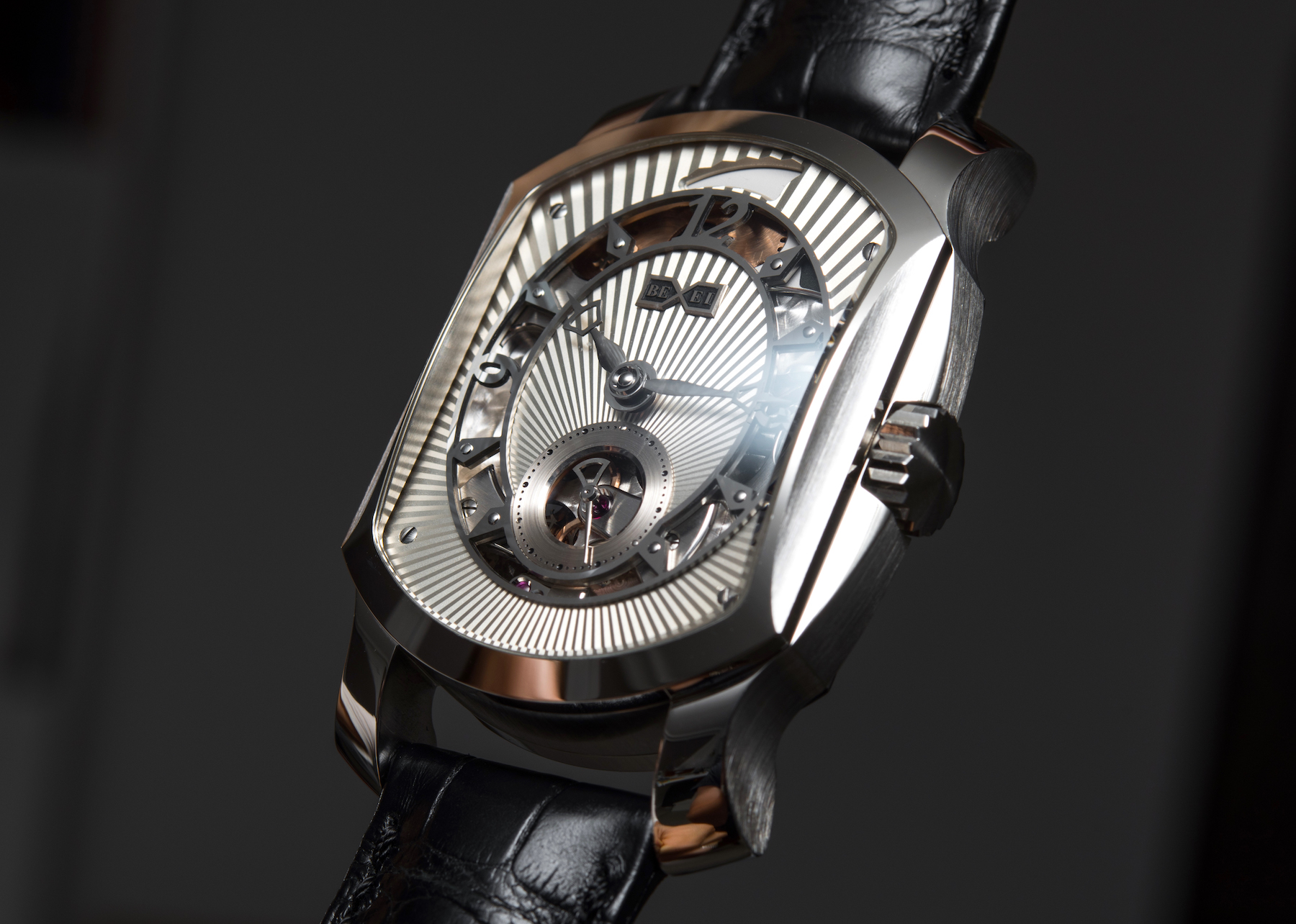
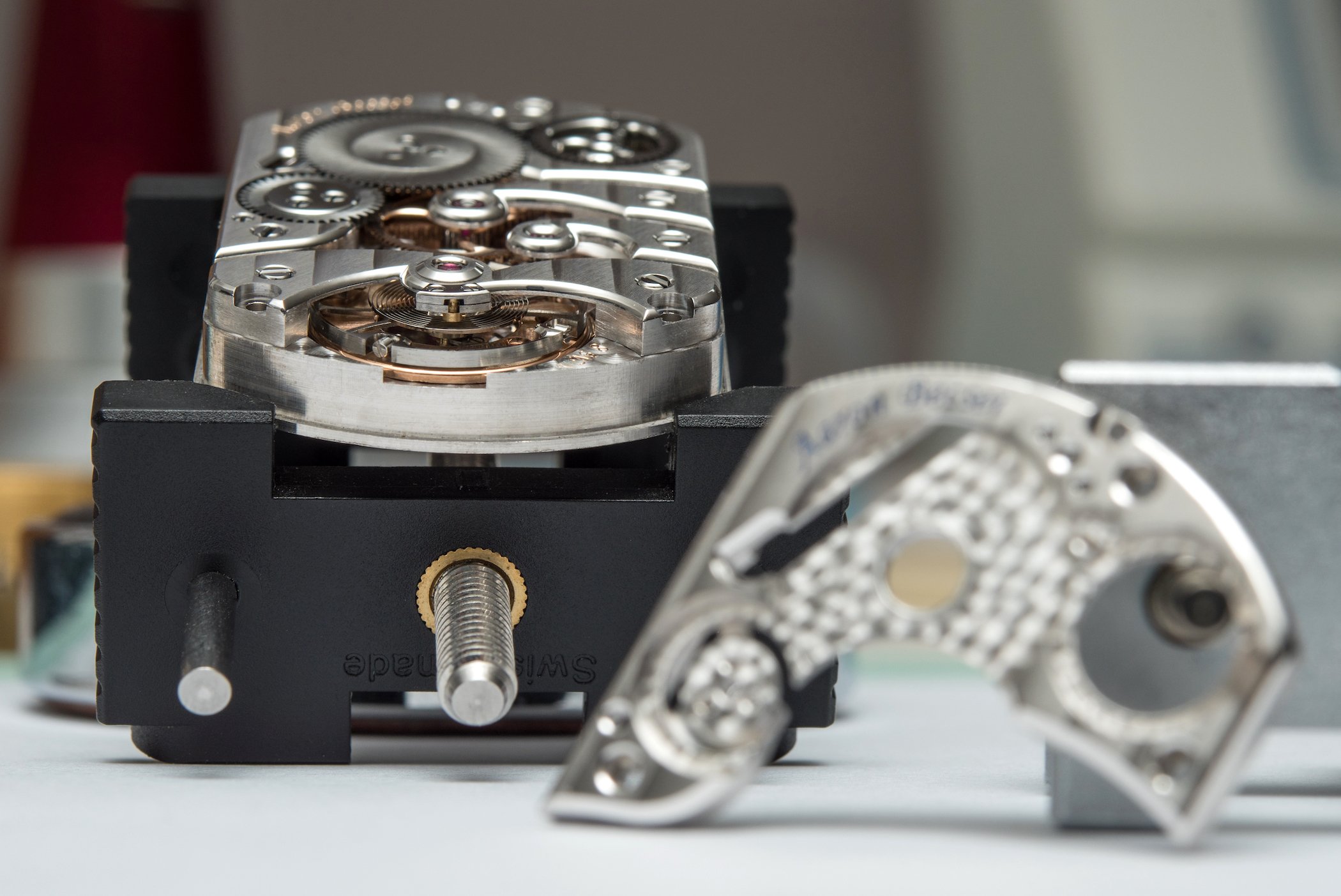



3 responses
Beautiful watches and a great story. I hope he finds success among the new independents and hits it big like Roger Smith!
Also, is there a pricing list somewhere? I’m really curious about his starting point given how amazing the pieces are.
You can always send them an email when you’re interested, Bakr.
Top bloke, and quite a talent. Been waiting for you to cover Bexei for yonks, good to see. *thumbs up*
Whenever I read Rexhep’s name my mind automatically thinks ‘Becsei’ too.